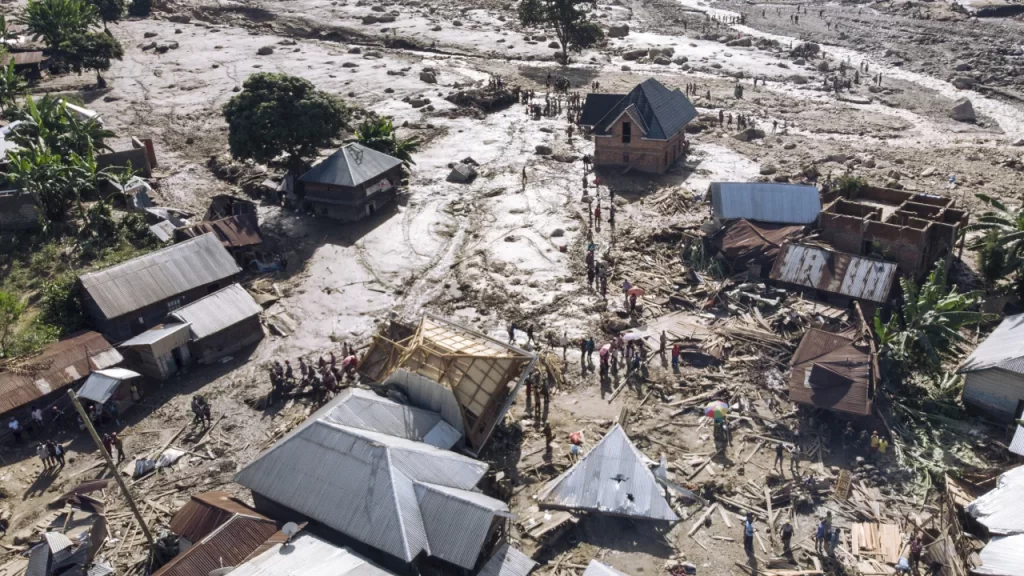We are getting closer and closer to COP28, one of the most prominent climate events that will be held in Dubai. As everyone is anticipating something effectual and great to thrive out of it, at Agape Earth Coalition we are not any different. We have hope and a very clear vision for our people. It’s going to be a moment in history for us to showcase our innovative ideas and solutions for this climate crisis.

Last year at COP27 the biggest mark of progress was the Loss and Damage fund which was to provide financial assistance to poorer nations as they deal with the negative consequences that arise from the unavoidable risks of climate change. This came after decades of long climate conversations. While the fund was undoubtedly a historic breakthrough, its success largely depended on how quickly nations were able to get the fund up and running. Another issue is there is no exact scope defining Loss and Damage and this will require a lot of negotiation, for example:
- What is the threshold for damage and loss?
- What constitutes unavoidable risk of climate change?
- How do the affected people access financial help?
- Which countries will be responsible for financing the fund?
These are some of the questions that need to be answered at COP28.
A Transitional Committee for the Loss and Damage Fund was set up which is composed of 24 members representing different geographical regions. It held its first meeting in March 2023 and was tasked to develop recommendations ahead of COP28.The Transitional Committee held a third meeting from 29 August to 1 September in Santo Domingo in the Dominican Republic targeting the operationalization of funding arrangements for the new fund. Participants continue to be creative in identifying funding sources and defining the funding arrangements to ensure that funds are adequate and distributed efficiently. The 4th meeting will be held this month of october, to further establish institutional arrangements, modalities, structure, governance and terms of reference for the fund to be up and running.
Nevertheless, the Loss and Damage fund despite the few setbacks observed, at least it recognises that countries and communities are already incurring significant costs associated with climate change induced loss and damage they cannot avoid or adapt to; the fund makes a significant and ambitious contribution to provide new additional, predictable and adequate financial support to assist developing countries and communities that are particularly vulnerable to climate adverse effects . It’s good to know that the fund will operate under international law, guided by the principles and provisions of the Convention and the Paris Agreement and of International cooperation and solidarity. This gives us a sigh of hope to the African people who keep struggling with systems of corruption and broken institutions. Agape Earth Coalition is certain that with the right systems and laws in place these finances will reach our people and alleviate their suffering.
Some considerable commitments have been made for the Loss and Damage Fund involving: the provision of funding exclusively in the form of grants and not debt creating financial instruments. The finance shall be balanced and comprehensive and in addition to providing support for rapid onset events in the aftermath of climate disasters, finance will be available for continued recovery, rehabilitation and reconstruction. It shall as well provide alternative livelihoods for communities facing slow onset events and cover both economic and non economic losses and damages. All approaches of the fund shall prioritize programmatic initiatives to address loss and damage, promote human rights and inclusion, and meaningful and effective participation of affected communities. The fund shall go beyond humanitarian assistance and other types of climate finance such as mitigation and adaptation. Above all our country leaders including those in Africa are encouraged to show ownership, in implementation and decision making in regards to controlling Loss and damage to the most utmost local level.
Although there are several meetings being undertaken by the transitional committee and multiple negotiations pushing the foundations of the fund forward, it still faces major challenges: the fund is still facing a lack of immediate, adequate and predictable financial resources amidst ensuring that existing climate financing for other pillars of climate action are not diverted. This money has to come from the wealthier countries but the whole mechanism seems to be very unclear and indirect. Another option that could be considered is debt relief on the poorer countries to offset loss and damage costs.
A second challenge is the fragmentation in systems that the fund has to minimize which usually places a significant burden on potential recipients, especially the small income countries. There have been suggestions recommended like delivering the funds through government systems and budgets, to compensate the affected. Afterwards they could conduct a recipient accreditation system based on public expenditure assessments compiled by recognized institutions like the world bank. An alternative could also be to house the Loss and Damage fund within existing institutions like Climate NGOs. In conclusion , beyond what we have elaborated, the loss and damage fund still faces multiple challenges that we as African climate activists and leaders must be ready to negotiate, exploring all possible alternatives for the sake of our people.
